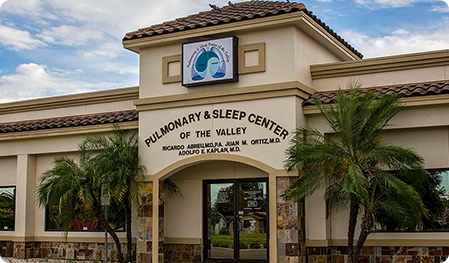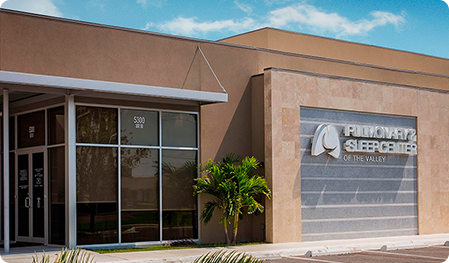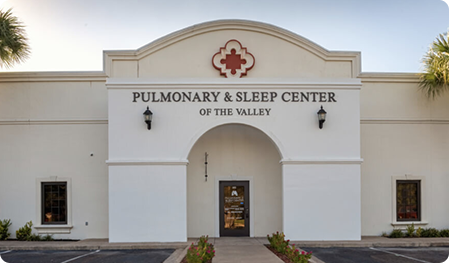Lung Volume Reduction
Surgery (LVRS)
Patients who suffer from advanced COPD often have areas of their lungs that have been damaged by their disease. These injured areas can limit the efficiency of the lungs, causing symptoms such as shortness of breath. The goal of lung volume reduction surgery is to excise these parts of the lungs in order to free them up to perform more efficiently.
Often after this type of surgery, patients begin to breathe more easily. Patients younger than 75, those who have not smoked for at least 6 months, those whose lung damage is primarily in the upper part of the lung, and those who have not experienced significant improvement from pulmonary rehab often make good candidates for this procedure.



